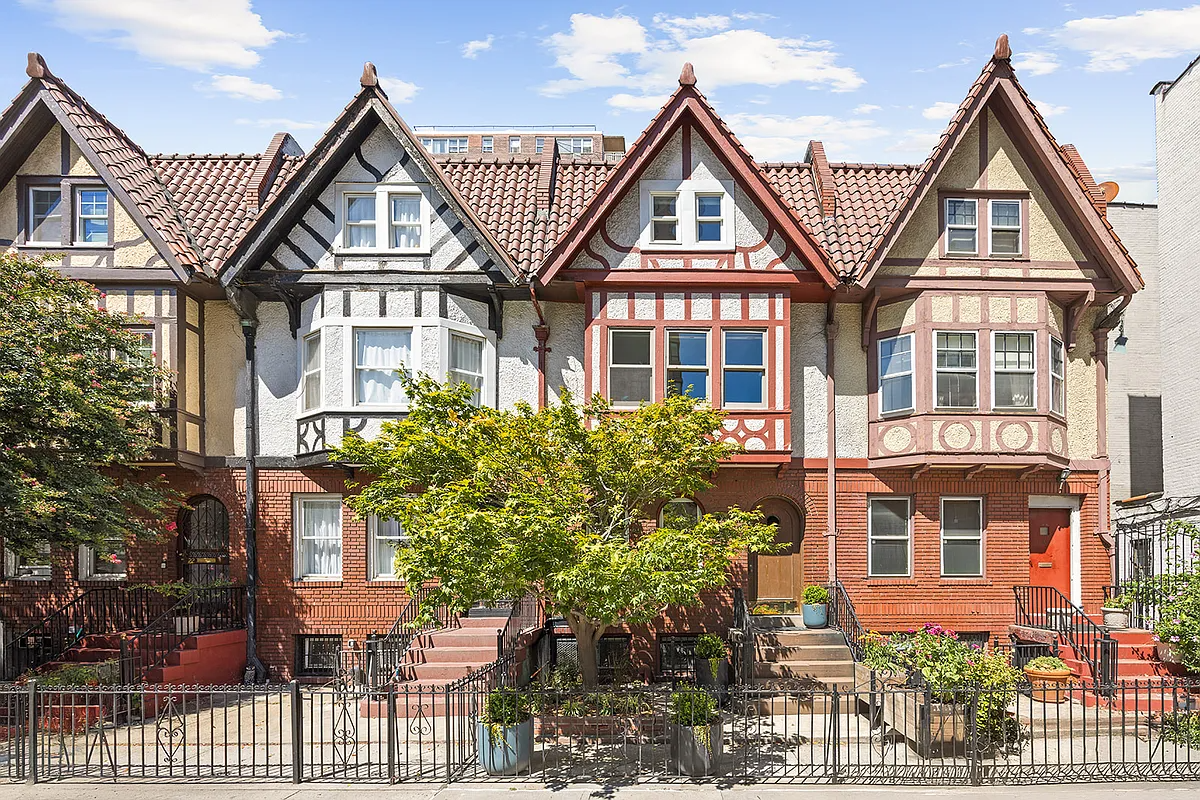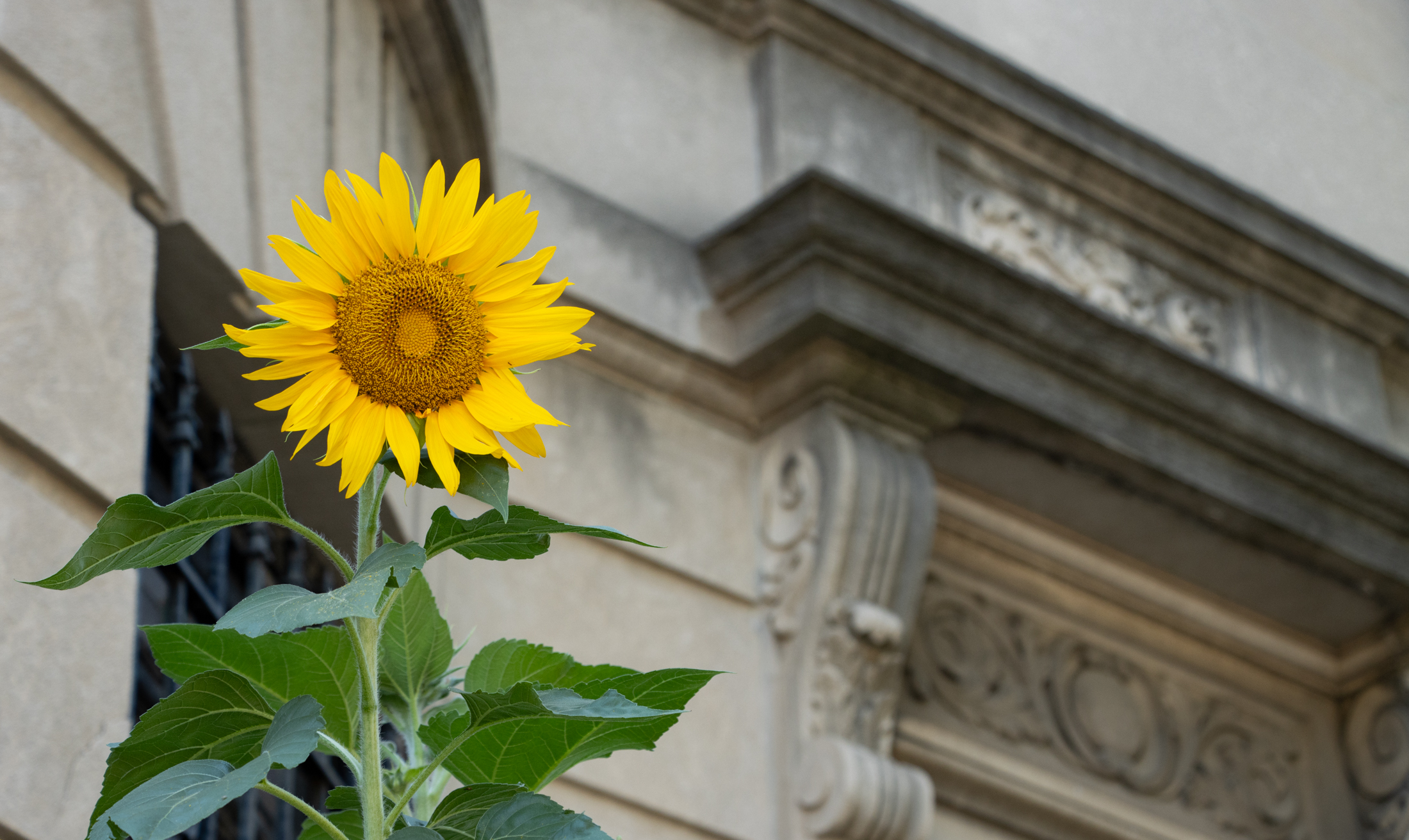Walkabout: Fly Me to the Moon, Part 3
The story of Luna Park, the third and youngest of the “Big Three” amusement parks in Coney Island, did not end with the death of one of its founders, or the seizure of the park by creditors, from the other founder. People come and go, but the fun endures. Or does it? In 1903, Frederick…

The story of Luna Park, the third and youngest of the “Big Three” amusement parks in Coney Island, did not end with the death of one of its founders, or the seizure of the park by creditors, from the other founder. People come and go, but the fun endures. Or does it? In 1903, Frederick Thompson and Skip Dundy’s new Luna Park joined George Tilyou’s Steeplechase Park and William Reynolds’s Dreamland on the acres of beachfront property called Coney Island. The two men began their careers and their park with their iconic ride called “A Trip to the Moon,” in a large winged ship called the Luna. Their park was known for its rides, as well as its huge parades and extravaganzas, which included elephants and circus acts. By 1907, both men were quite rich, and the park was going along quite well, setting attendance, as well as box office, records. They even built the Hippodrome Theater in Manhattan, said to be the largest theater in the world. But that year, Skip Dundy died, leaving Frederick Thompson on his own, running the park. He was not up to the task.
Thompson was a brilliant showman and innovator, a former architectural draftsman who designed most of the park’s rides and buildings. In an industry of expert snake oil salesmen, Thompson could sell a snake sneakers, and came up with innovative and outlandish entertainments that brought the crowds in, where they quite happily spent their hard earned money. But money was also his downfall. He spent it, a lot of it, on the park itself, and on his new wife’s nascent acting career, as well as on his own pursuits. He also had a drinking problem, and would get stupid drunk, and had to be taken home on many occasions. When his partner, Skip, was alive, he was the one who would pull him out of bars, but with Skip dead, there were no longer checks and balances in Frederick Thompson’s life.
In the spring of 1912, Thompson’s many creditors took him to court. The second largest park, Dreamland, had burned to the ground in a spectacular fire the year before, and Luna Park’s fire insurance carrier dropped then like the proverbial hot potato. This move deeply affected the park’s credit, and the people Thompson owed money to called in their loans. Despite all of the business the park was generating, it was not enough, and his mishandling of his own personal finances gave him no operating capital, so when the Sea Beach Land Company, which owned the land under the park, sued for payments, the judge ordered a dispossess order, and Frederick Thompson packed up his things, including plans for the next season, and gave up his beloved Luna Park.
A former streetcar advertising expert named Barron Collier, along with his associates, took over Luna Park, beginning with the 1912 summer season. They enlarged the park and opened more attractions. There were now 31 buildings with shows and 28 rides. In 1914, famed dancer Vernon Castle opened his Castle Summer House Dance Hall, elsewhere, a show called Great Sea Divers was introduced, with deep sea divers going down to the bottom of a huge tank to investigate the sunken ship Titanic, which had gone down two years before, and was still fresh in people’s memories.
In the next couple of years, the new owners went back to the tried and true, bringing back old rides and old attractions. As the years stretched past World War I, and into the 1920’s, the park was not making as much money as before, as there was no innovation, no zing. Added to that, the automobile was starting to take its toll on Coney Island as a whole. As more families could afford a car, more people went elsewhere for vacations or for their entertainment. The park resorted to miniature re-enactments of World War I battles, fun houses, and even “Dark Town Follies” minstrel shows. Midway style games became popular, and Luna Park brought in all kinds of games of skill, including dunking games, where a strategically placed ball could topple a man on a platform, usually a Negro, into the water. Good times!
Finally, in 1924, Collier hired Arthur Jarvis as general manager of the park. Jarvis had been responsible for many of Dreamland and Steeplechase Parks’ most successful roller coasters and other rides. He updated the Ferris wheel, built a new roller coaster, called the Mile High Chaser, which was Coney Island’s highest and longest roller coaster, with 70’ drops on several hills. It alone brought in a million people to the park in 1924. Unfortunately, while he knew his thrill rides, he didn’t know what to do about the rest of the park, and he resorted to more miniaturized battle shows, as well as exotic villages, where people could see scantily dressed people from Samoa, as well as reviews with koochie dancers and “Charleston Girls”. He even tried cockroach racing. The park had hit bottom.
In 1932, at the height of the Depression, Luna Park looked like crap. Half of the lights were not working, and the rides were not maintained, and had peeling paint dripping from their shabby pieces. The park had reduced admission to ten cents on weekdays, but no one was coming. In May of 1933, the park went into bankruptcy. The park went into receivership and opened for the summer, and limped along until it came out of bankruptcy in 1934. Barron Collier still owned it, but after the summer season, he gave up, cut his losses, and sold the park.
The park would exchange hands several more times before World War II. During the war, Coney Island’s bright lights were forbidden, and the parks had to operate with soft blue or purple lights. This was even more disastrous for a park built to shine with over a million bright lights. The rides and attractions looked even more run down and depressing, and sales, which were slow anyway, got even slower.
On August 12th, 1944, a fire started in the restroom at the Dragon Gorge Scenic Roadway, one of Luna Park’s oldest rides, dating back to the opening days of 1903. The fire spread to other wooden structures nearby, getting so hot that the water in the lagoon, where the Shoot the Chutes ride splashed down, began to steam. The Shoot the Chutes ride caught fire, and the 125 foot Coca Cola Tower, another 1903 original structure, fell into the lagoon, causing several firemen to be injured. The fire raged on, and eventually destroyed half the park and sparks flew to the subway depot and destroyed several old subway cars stored there, as well. The fire was brought under control in several hours, but damages were estimated at over half a million dollars, and 35 firefighters and policemen were hurt.
The owners decided to repair some of the park, and re-open for the last weeks of summer, charging people to see the burned out parts of the park. The next year was spent in court, figuring out insurance and damages, and in September of 1946, the owners decided to sell the park to a real estate concern. The intention was to raze the park for housing. That fall, while clearing the park, a spark from a torch set the rest of the park on fire, burning the remaining roller coaster, leaving only the old Castle dancehall intact. The workers used that for storage, and another fire the next year destroyed that as well. Luna Park was gone. The entire park was leveled for parking, and in the 1950’s, low income housing projects were erected on the site.
But the story does not end there. In 2005, the Coney Island Development Corporation laid out a plan for the revitalization of the amusement parks of Coney Island. A new Luna Park was planned on the site of the old Astroland, Coney’s last attempt to return amusement parks to the beach. It had closed in 2008. The new Luna Park reworked the old Luna Park logo, the crescent moon with the pinwheels designed by Frederick Thompson in 1903. New rides from the Zamperla Company, an Italian amusement ride company, went into place, and the park has been quite successful, with new rides added this year. The future of Coney Island’s amusement industry remains to be seen, but hopefully will continue to grow. But that is another story for another time.
But what ever happened to Frederick Thompson, the creative genius behind Luna Park? After losing the park to creditors, he managed theaters in Manhattan for a while. He remarried, but still had the midway bug. He tried to run some attractions at the 1915 Panama-Pacific Exhibition in San Francisco, but his old fashioned attractions couldn’t compete with airplane rides and he returned to NY, broke yet again. His friends staged a come-back reunion and benefit for him at Luna Park in 1916. Because he was such a Coney Island legend, the event was a success, and 50,000 people showed up and raised $30,000 for him. His friends wanted to build a house for him, as Thompson’s health was failing, and he was suffering from Bright’s disease, a kidney disease now known as chronic nephritis. Years of heavy drinking didn’t help, and after two operations, and years of pain and suffering, Frederick Thompson died in the summer of 1919, at the age of 45. His Coney Island friends took up a collection and brought him a handsome headstone. He’s buried in Woodlawn Cemetery in the Bronx, next to his mother.
This series of articles was gleaned from two most excellent sources: Jeffrey Stanton’s “History of Coney Island”, at westland.net, and The Kid of Coney Island, by William Register. Also Wikipedia and Google provided additional information. Please see my Flickr page for postcards of Luna Park.
[Brownstoner: Fly Me to the Moon, part 1]
[Brownstoner: Fly Me to the Moon, part 2]







What's Your Take? Leave a Comment